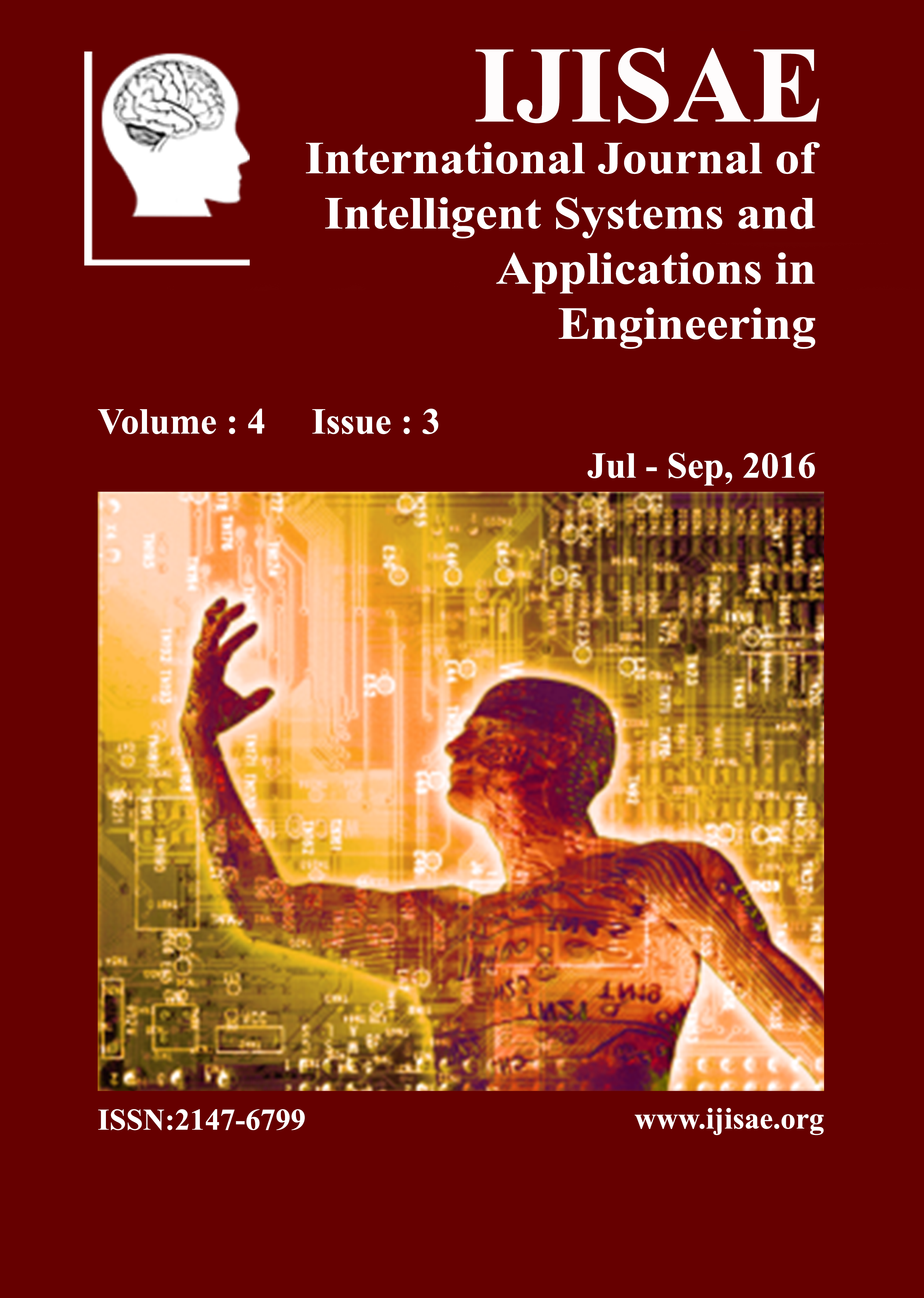Driving Quality with Test Automation Tools and Techniques
Keywords:
Test Automation, Software Quality, Selenium, CI/CD, Regression TestingAbstract
Test automation tools and techniques have become an essential part of modern software development, enabling organizations to deliver high-quality software faster and more efficiently. By automating repetitive tasks, enhancing test coverage, and reducing human error, test automation plays a critical role in driving software quality. This paper explores various test automation tools and techniques, focusing on their application in improving software quality in agile development environments. The research presents an analysis of the benefits and challenges associated with implementing test automation and evaluates the impact of different tools on software quality. Techniques like unit testing, integration testing, and regression testing are discussed, along with tools such as Selenium, JUnit, and TestNG that support these practices. The paper also highlights the role of continuous integration and continuous deployment (CI/CD) pipelines in automating testing processes and improving the software release cycle. The study includes case studies and performance metrics to demonstrate the effectiveness of test automation in various software development scenarios. Challenges such as the initial investment, complexity of tool integration, and maintaining automated tests are also discussed. The paper concludes with recommendations for organizations looking to leverage test automation tools to enhance software quality, improve testing efficiency, and support faster release cycles.
Downloads
References
J. Elbaum et al., "Automated Testing of Web Applications," IEEE Trans. on Software Engineering, vol. 36, no. 2, pp. 124-132, 2010.
M. Gorla et al., "Automation of Regression Testing in CRM Systems," IEEE Trans. on Cloud Computing, vol. 5, no. 6, pp. 1120-1130, 2014.
A. El-Awad et al., "Continuous Testing in Agile Development Using Selenium," IEEE Software, vol. 32, no. 1, pp. 45-53, 2015.
Bertolino, A. (2007). Software testing research: Achievements, challenges, dreams. Future of Software Engineering, 85-103.
Bond, M., & Marlow, A. (2014). A study of the use of test automation in agile software development. Software Quality Journal, 22(2), 257-278.
Brooks, F. P. (1975). The mythical man-month: Essays on software engineering. Addison-Wesley.
Cohn, M. (2004). User stories applied: For agile software development. Addison-Wesley.
Crispin, L., & Gregory, J. (2009). Agile testing: A practical guide for testers and agile teams. Addison-Wesley.
Finch, J., & Jorgensen, P. (2005). A study of test automation in software development. Journal of Software Testing, 12(4), 149-162.
Fowler, M. (2006). Continuous delivery: Reliable software releases through build, test, and deployment automation. Addison-Wesley.
Gannon, J. (2004). Automated software testing: Review and perspectives. International Journal of Software Engineering and Knowledge Engineering, 14(6), 573-590.
George, J., & Williams, L. (2004). A structured investigation of test automation. Software Quality Journal, 12(3), 35-44.
Grady, R. B. (1997). Software quality assurance: From theory to implementation. Prentice Hall.
Ghezzi, C., Jazayeri, M., & Mandrioli, D. (2003). Fundamentals of software engineering (2nd ed.). Prentice Hall.
Kaner, C., Bach, J., & Pettichord, B. (2001). Testing computer software (2nd ed.). Wiley.
Khoshgoftaar, T. M., & Van Hulse, J. (2010). Software quality improvement: Application of data mining. Software Quality Journal, 18(1), 77-100.
Larman, C. (2004). Agile and iterative development: A manager's guide. Addison-Wesley.
Martin, R. C. (2008). Clean code: A handbook of agile software craftsmanship. Prentice Hall.
McConnell, S. (2004). Code complete (2nd ed.). Microsoft Press.
Myers, G. J. (1979). The art of software testing. Wiley.
Ostrand, T. J., & Weyuker, E. J. (2003). The influence of software structure on testing. ACM Computing Surveys, 35(3), 252-286.
Pressman, R. S. (2005). Software engineering: A practitioner’s approach (7th ed.). McGraw-Hill.
Soni, P., & Järvinen, S. (2004). Defining software quality: A product and process perspective. Software Engineering Notes, 29(4), 36-42.
Whittaker, J. A. (2009). How to break software: A practical guide to testing. Addison-Wesley.
Williams, L., & Kessler, R. (2003). All pairs testing: A technique for system testing software. Software Testing, Verification & Reliability, 13(2), 65-87.
Downloads
Published
How to Cite
Issue
Section
License

This work is licensed under a Creative Commons Attribution-ShareAlike 4.0 International License.
All papers should be submitted electronically. All submitted manuscripts must be original work that is not under submission at another journal or under consideration for publication in another form, such as a monograph or chapter of a book. Authors of submitted papers are obligated not to submit their paper for publication elsewhere until an editorial decision is rendered on their submission. Further, authors of accepted papers are prohibited from publishing the results in other publications that appear before the paper is published in the Journal unless they receive approval for doing so from the Editor-In-Chief.
IJISAE open access articles are licensed under a Creative Commons Attribution-ShareAlike 4.0 International License. This license lets the audience to give appropriate credit, provide a link to the license, and indicate if changes were made and if they remix, transform, or build upon the material, they must distribute contributions under the same license as the original.






